1. Dedicated Home Offices
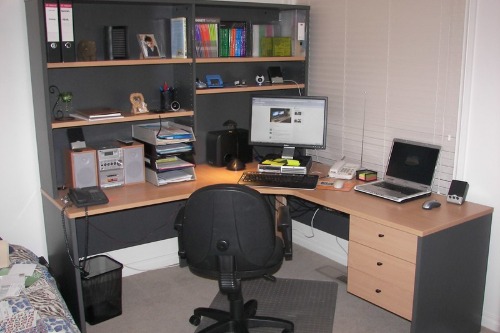
The rise of remote work has made the home office more than just a nice-to-have—it’s a necessity. People are ditching makeshift setups at the kitchen table in favor of rooms with doors, ergonomic chairs, and proper lighting. A dedicated workspace helps separate professional life from personal life, which is crucial for mental health and productivity. Plus, it’s a big selling point in today’s housing market.
Design-wise, homeowners are investing in soundproofing, built-in shelving, and even dual-desk setups for couples who both work from home. Natural light is a top priority, as it boosts mood and focus. And let’s not forget the Zoom background—stylish, clutter-free walls are practically part of the job now. It’s all about creating a space that feels both functional and inspiring.
2. Multi-Use Flex Rooms
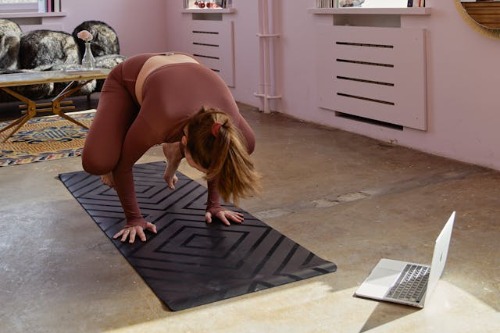
Gone are the days when every room had a single, rigid purpose. Flex rooms are now designed to adapt—maybe it’s a yoga studio in the morning, a classroom by noon, and a guest room by night. This kind of versatility is perfect for households juggling remote work, homeschooling, and hobbies. It’s also a smart way to future-proof your home as needs evolve.
People are using modular furniture, fold-down desks, and sliding partitions to make these spaces truly dynamic. Storage is key—think built-ins or hidden compartments to keep clutter at bay. The goal is to make transitions between uses seamless and stress-free. In a post 9 to 5 world, flexibility is the new luxury.
3. Enhanced Outdoor Living Spaces
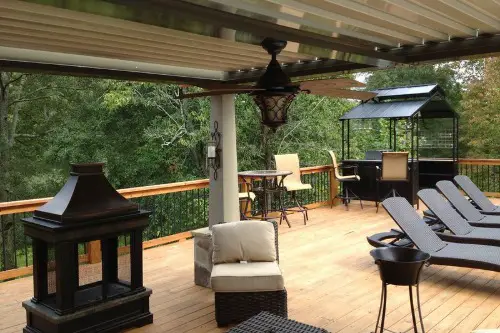
With more time spent at home, outdoor areas have become essential extensions of indoor life. Patios, decks, and balconies are being upgraded with weatherproof furniture, outdoor kitchens, and even Wi-Fi extenders. These spaces offer a change of scenery for work calls or a peaceful spot to unwind after hours. They also boost overall well-being by encouraging time in nature.
Homeowners are adding pergolas, fire pits, and privacy screens to make outdoor areas usable year-round. Some are even installing heaters or retractable awnings to stretch the seasons. It’s not just about aesthetics—it’s about creating functional square footage beyond the walls. In a world where the commute is optional, the backyard is the new break room.
4. Smart Home Integration

Smart tech isn’t just for convenience anymore—it’s about creating a seamless, efficient environment for work and life. Voice assistants, smart thermostats, and automated lighting help manage energy use and reduce distractions. You can set routines that dim the lights and play calming music when it’s time to log off. Or program your coffee maker to start brewing five minutes before your first meeting.
Security systems and video doorbells also offer peace of mind, especially when packages arrive during work hours. And with more people working odd schedules, smart locks and lighting can help simulate occupancy. The key is customization—tech that adapts to your lifestyle, not the other way around. It’s like having a digital butler who never takes a day off.
5. Soundproofing and Acoustic Design
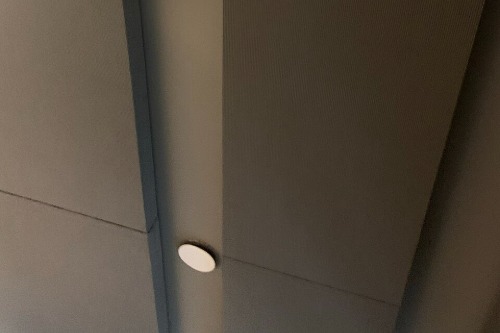
When your home doubles as your office, noise becomes a serious issue. Whether it’s barking dogs, traffic, or kids in the next room, soundproofing can make or break your focus. People are adding acoustic panels, thicker rugs, and even double-paned windows to keep the peace. Some are going as far as installing soundproof doors or insulated drywall.
It’s not just about blocking noise—it’s about creating a calm, focused atmosphere. Even small changes like weather stripping or heavy curtains can make a noticeable difference. For video calls, better acoustics mean clearer sound and fewer distractions. In a world where meetings happen from your living room, silence really is golden.
6. Wellness Spaces
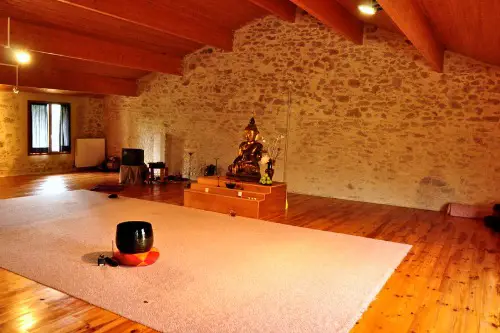
As work and life blur, carving out space for wellness has become a priority. Homeowners are dedicating rooms or corners to meditation, stretching, or low-impact workouts. These areas often include calming colors, soft lighting, and minimal distractions. It’s about creating a sanctuary where you can recharge—physically and mentally.
Some people are even adding features like infrared saunas, indoor plants, or aromatherapy diffusers. The idea is to make wellness part of your daily routine, not just an afterthought. In a post 9 to 5 world, self-care isn’t indulgent—it’s essential. And having a space that supports that can make all the difference.
7. Kitchen Work Zones
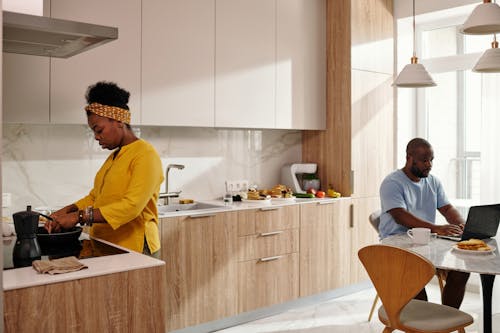
With more meals being cooked at home, kitchens are evolving into multi-functional hubs. People are creating distinct zones for prepping, cooking, and even working—yes, laptops on the breakfast bar are a thing now. Walk-in pantries, double ovens, and smart appliances help streamline the chaos. It’s all about efficiency and flow.
Some are even adding coffee stations or smoothie bars to mimic their favorite café experience. The kitchen isn’t just for cooking anymore—it’s where you start your day, take breaks, and maybe even sneak in a few emails. Design choices like under-cabinet lighting and pull-out storage make a big impact. In today’s world, the kitchen is the new command center.
8. Built-In Tech Infrastructure
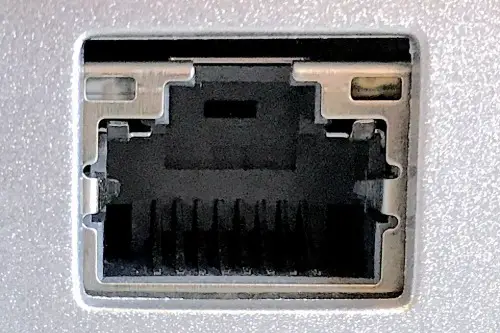
Reliable internet is no longer optional—it’s the backbone of modern home life. People are investing in mesh Wi-Fi systems, hardwired Ethernet ports, and even server closets to keep everything running smoothly. With multiple devices streaming, gaming, and video calling at once, bandwidth matters. And let’s not forget surge protectors and cable management to keep things tidy.
Some new builds even include tech closets or centralized hubs for routers and smart home gear. It’s about future-proofing your home for whatever comes next—whether that’s remote work, virtual reality, or something we haven’t imagined yet. A strong digital foundation makes everything else possible. Because buffering during a Zoom call is the new version of being late to a meeting.
9. Separate Entrances or Mudrooms
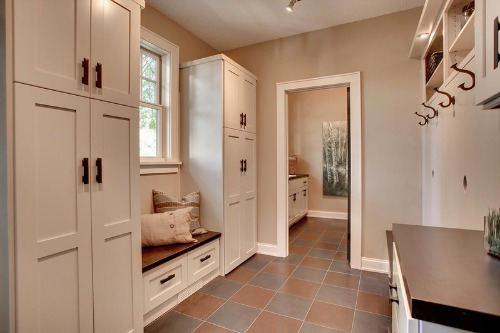
As more people work from home, the need for boundaries—both physical and psychological—has grown. Separate entrances or well-designed mudrooms help create a clear line between “out there” and “in here.” They’re perfect for deliveries, dog walks, or even clients visiting a home-based business. Plus, they help keep the rest of the house clean and organized.
These spaces often include hooks, cubbies, and benches for easy transitions. Some even have handwashing stations or lockers for gear. It’s a small feature with a big impact on daily life. In a world where your home wears many hats, a good entryway sets the tone for everything else.
This post 9 Home Features Designed for a Post 9 to 5 World was first published on Greenhouse Black.
